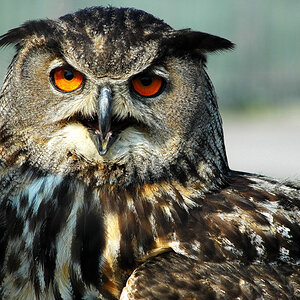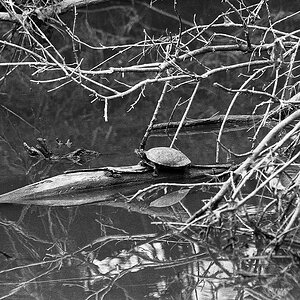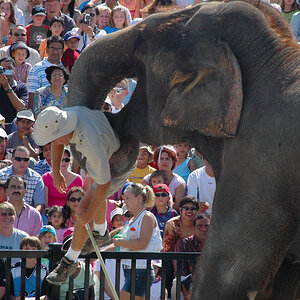Mike_E
No longer a newbie, moving up!
- Joined
- Jan 26, 2007
- Messages
- 5,327
- Reaction score
- 266
- Can others edit my Photos
- Photos OK to edit
OOPS, we may all be wrong... http://www.luminous-landscape.com/tutorials/dof2.shtml
I guess that the real issue is apparent subject size. By my moving back I was decreasing the size of the subjects to get them all in and thinking that it was a function of only the subject to focal plane distance.
 they don't call it the circle of confusion for nothing.
they don't call it the circle of confusion for nothing. 
I guess that the real issue is apparent subject size. By my moving back I was decreasing the size of the subjects to get them all in and thinking that it was a function of only the subject to focal plane distance.


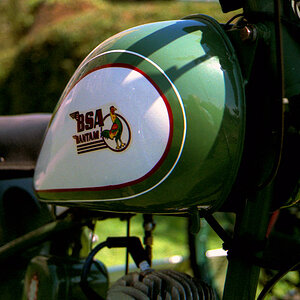

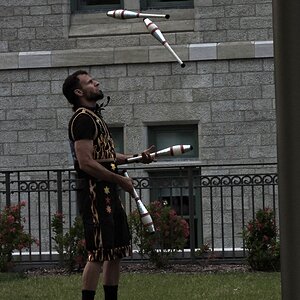
![[No title]](/data/xfmg/thumbnail/42/42058-8597ac0f687fb4007aa3ca0210936f04.jpg?1619739994)
![[No title]](/data/xfmg/thumbnail/42/42055-105f2ee23a1fd79c786de42c5578274b.jpg?1619739992)
